Sister Corita Kent, the Pop Art nun

Corita Kent (1918-1986)
She’s an atypical woman, surprisingly little known in France.
At a time when Pop Art was gaining worldwide recognition, the innovative work of certain women artists was often neglected, or even deliberately forgotten. Andy Warhol, Robert Rauschenberg and Claes Oldenburg, with their cool, detached approach to the American consumer society of the 60s, occupied the art scene. For her part, Sister Corita Kent brought a parallel effervescence, taking a cheerful and colorful counterpoint to Pop Art.
By appropriating advertising graphics for messages of faith and peace, tolerance and respect, she will develop a unique and personal body of work that fuses religion and modernity.
This autumn, the Collège des Bernardins in Paris is hosting a major exhibition by Corita Kent, “La Révolution Joyeuse”. It has taken almost half a century for us to (re)discover the innovative work of a committed artist, activist and educator.
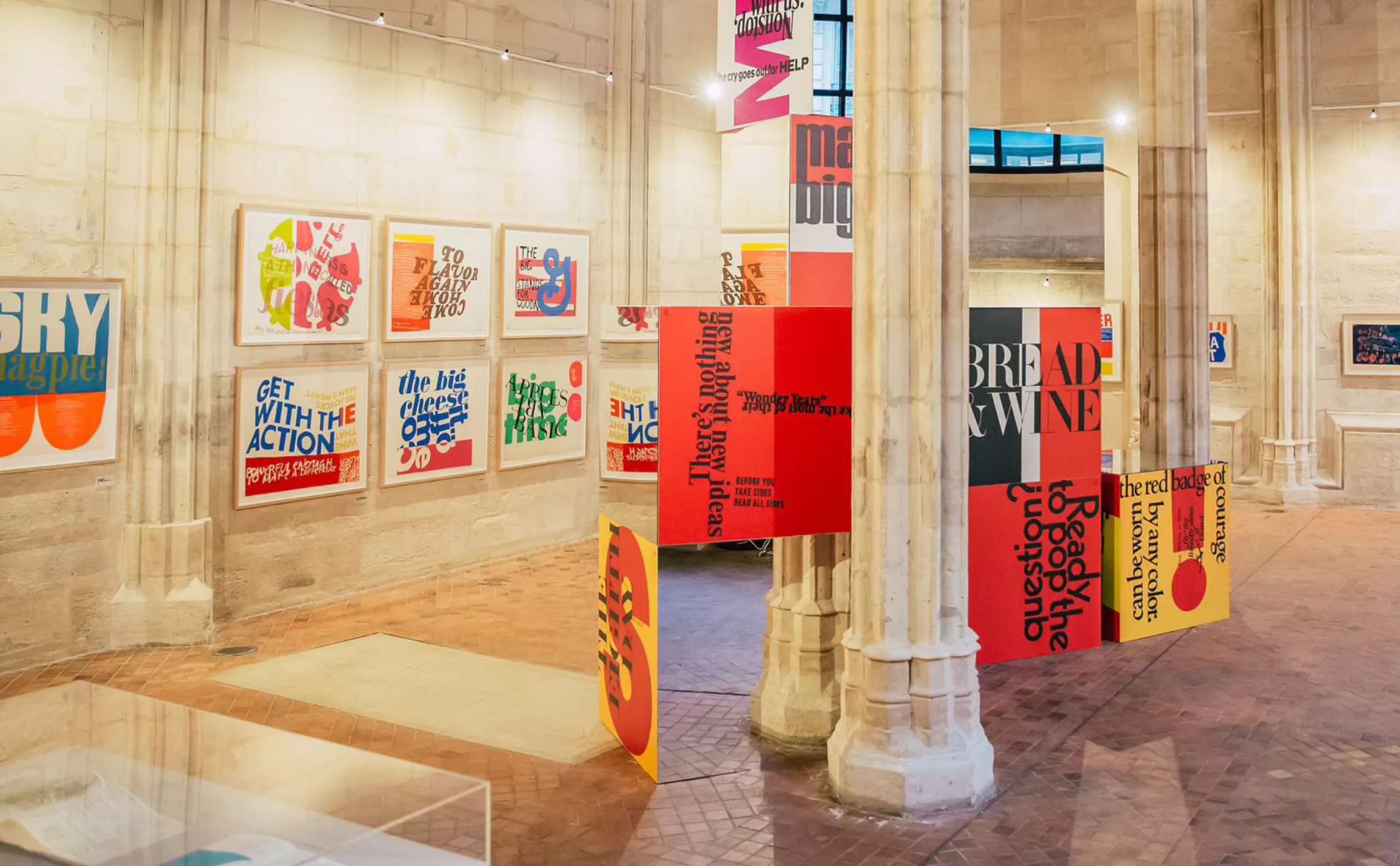

Frances Elizabeth Kent was originally from Iowa. Her family settled in the Hollywood area in 1923.
In 1936, the 18-year-old joined the Sisters of the Immaculate Heart of Mary, the largest religious community in Los Angeles. She took the name Sister Mary Corita. In 1947, she joined the school’s art department. In 1951, Corita Kent obtained her Master’s degree in Art History in Medieval Sculpture, and began teaching silkscreen printing. In 1964, she became professor of art at Immaculate Heart College.
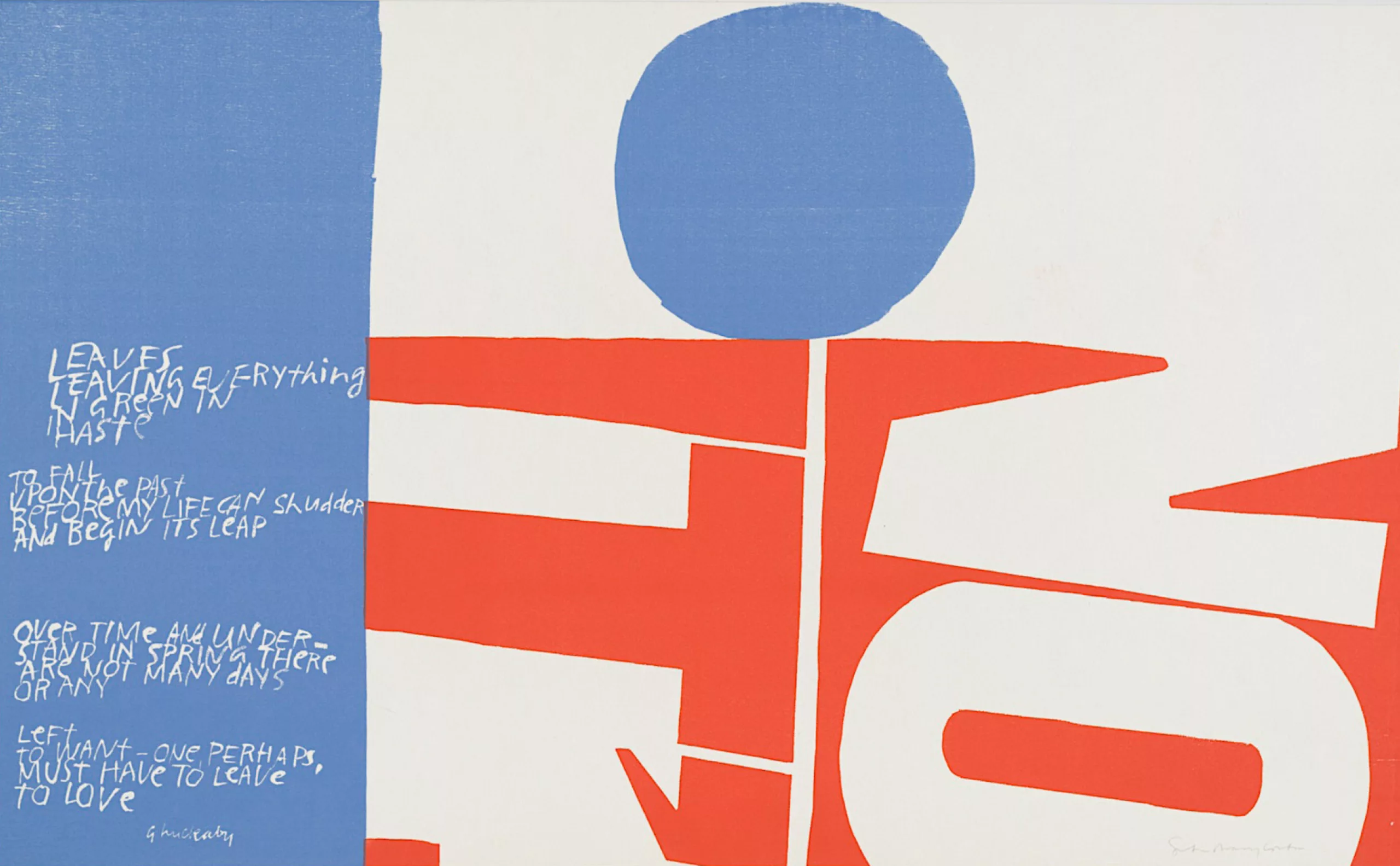



Corita Kent’s 8 rules
From her experience as a teacher, she would lay down ten now-famous rules. “Some Rules for Students and Teachers”, to the extent that many will attribute them to John Cage. Many of these rules were also used in Brian Eno’s “Oblique Strategies”.
- Find a place you trust, and then try trusting it for awhile.
- General duties of a student — pull everything out of your teacher; pull everything out of your fellow students.
- General duties of a teacher — pull everything out of your students.
- Consider everything an experiment.
- Be self-disciplined — this means finding someone wise or smart and choosing to follow them. To be disciplined is to follow in a good way. To be self-disciplined is to follow in a better way.
- Nothing is a mistake. There’s no win and no fail, there’s only make.
- The only rule is work. If you work it will lead to something. It’s the people who do all of the work all of the time who eventually catch on to things.
- Don’t try to create and analyze at the same time. They’re different processes.
- Be happy whenever you can manage it. Enjoy yourself. It’s lighter than you think.
- “We’re breaking all the rules. Even our own rules. And how do we do that? By leaving plenty of room for X quantities.” (John Cage)
HINTS: Always be around. Come or go to everything. Always go to classes. Read anything you can get your hands on. Look at movies carefully, often. Save everything — it might come in handy later.
And next week, there will be new rules.

In the early 50s, Sister Corita Kent developed her artistic work using an industrial production technique that was little used in the visual arts at the time: silkscreen printing.
She drew her inspiration from biblical passages, often referring to Byzantine icons. Her first creations exude a “neo-Gothic” fragrance.


In 1962, when she discovered Andy Warhol’s Campbell’s Soup can silkscreens at the Ferus Gallery in Los Angeles, it was a revelation. She embraced the Pop Art revolution, reclaiming elements of commercial culture, brands, logos and typography, and hijacking slogans to deliver messages of peace. She embraced the libertarian spirit of the counter-culture of the time. And it all happened very quickly.
“I like to think of myself, and I’d like you to think of me, as somewhere between a landscape painter and a sign painter. If you do that, I think in the end you’ll realize that there’s not much difference between the two”, Corita explained at a conference presenting her work in 1964
By the mid-60s, the sister’s studio was at its peak, with work being exhibited in Los Angeles galleries. Then it was on to the rest of the United States.

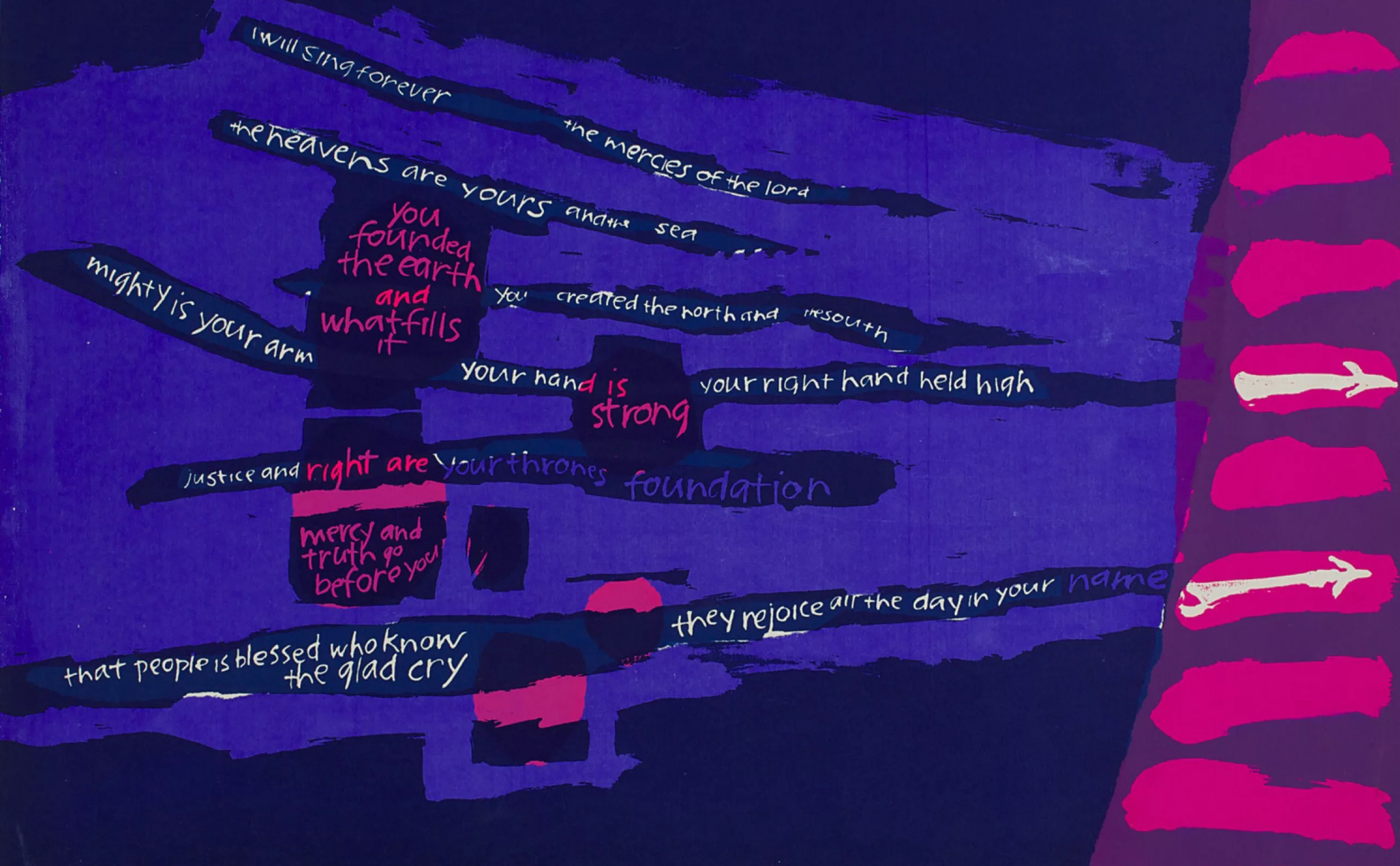


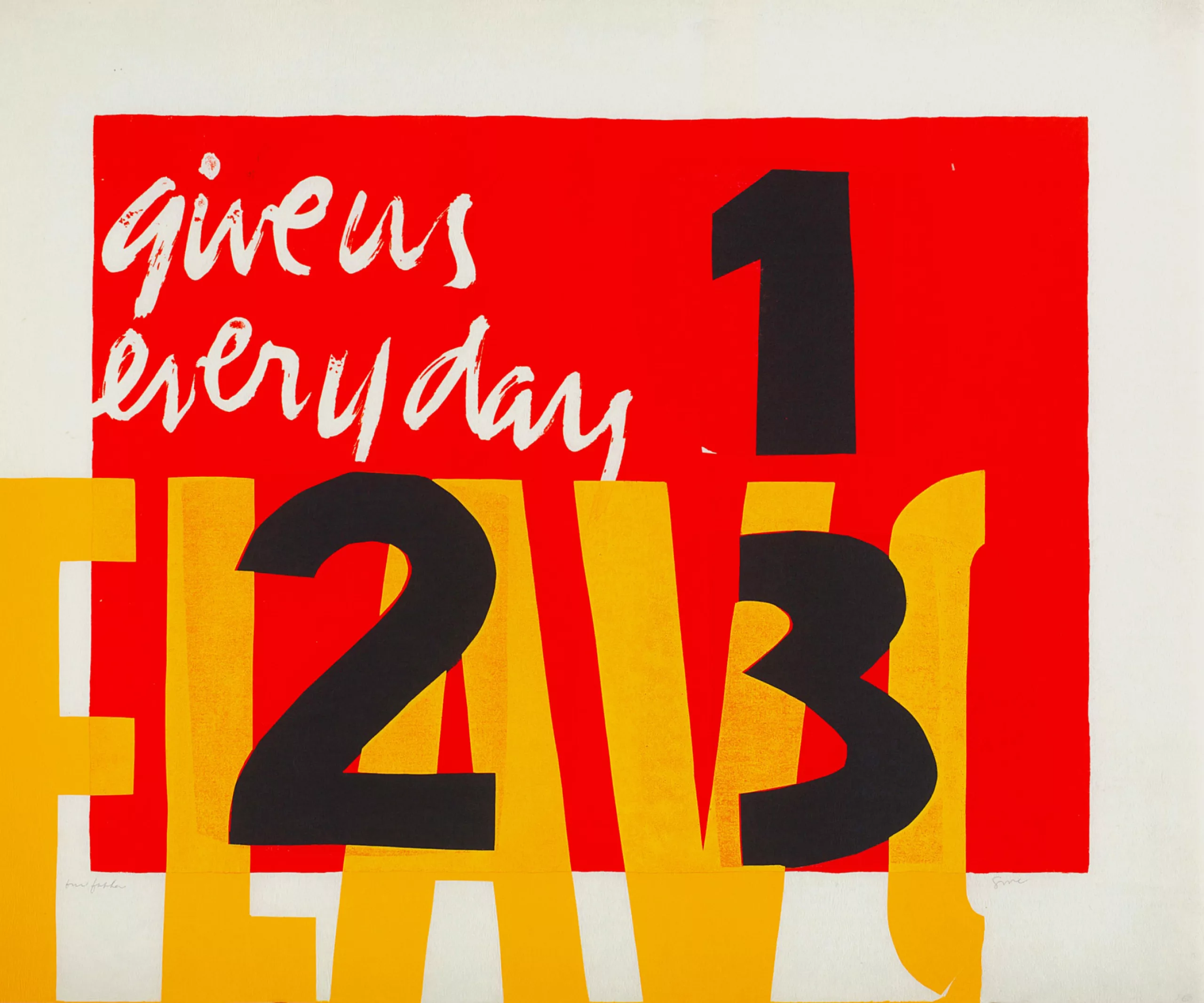
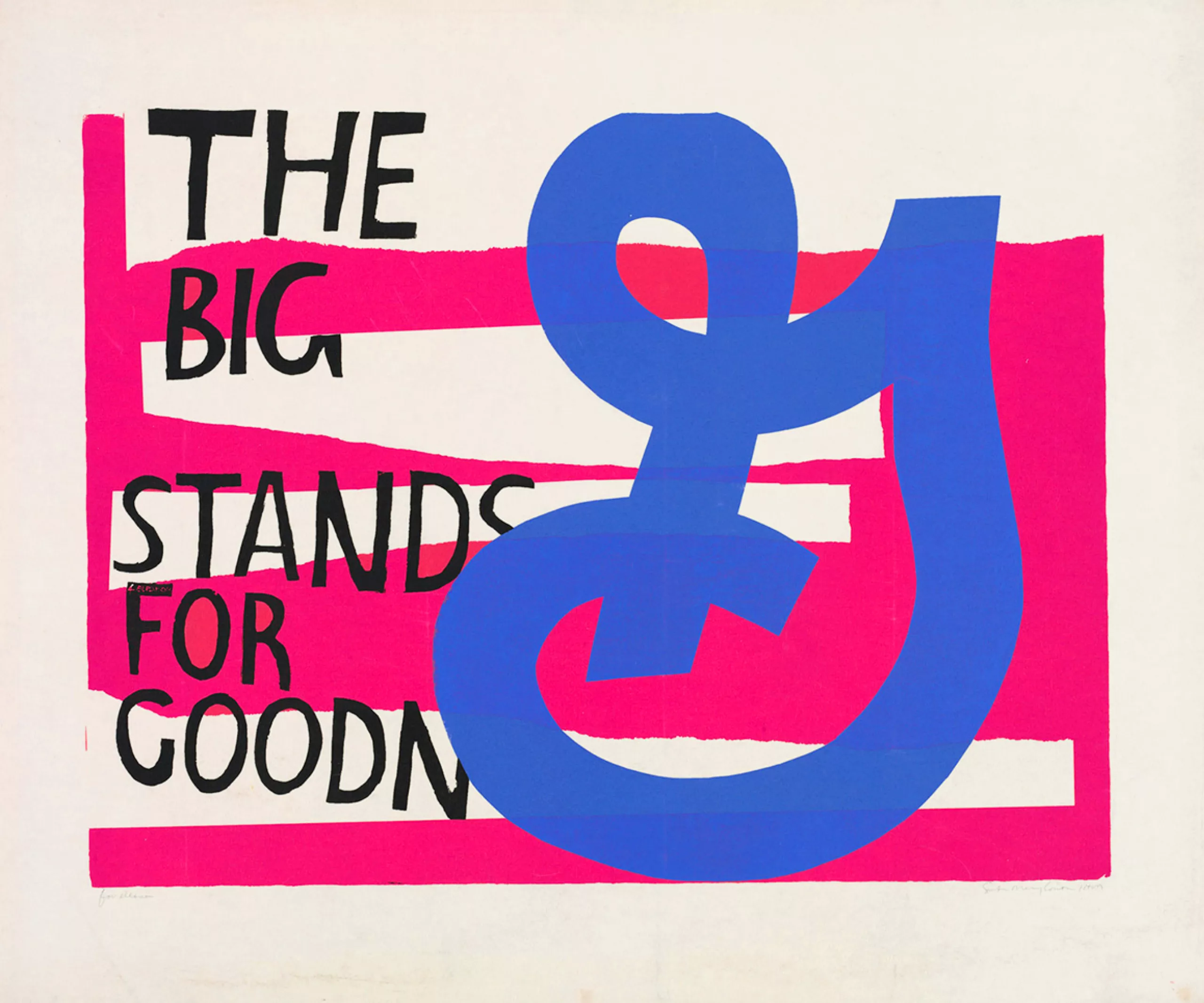

For six years, Corita Kent was entrusted with organizing the St Mary’s Day procession through the streets of Los Angeles. This procession, conceived as a break with what already existed, took the form of a joyful happening in which students, sisters and priests marched to music, carrying silk-screened signs and collages, colorful banners, flowers, balloons…





Women of the year 1966
In 1966, the Los Angeles Times ranked her among the 9 most important women of the year (top left). Alongside Ella Fitzgerald and Billie Jean King…
The following year, Newsweek magazine put her on its front page for Christmas, with the headline “Nuns in the age of modernity”. For Sister Corita Kent was not only an artist, she was also an activist, deeply concerned by the civil rights movement, the war in Vietnam and women’s rights.




Alongside her silkscreen work, Sister Corita Kent was also a keen photographer. She and her students regularly took to the streets of Los Angeles, visiting supermarkets in search of the graphic motifs she spotted on billboards and commercial signs. Thousands of slides became her raw material and source of inspiration.

A work from 1967, “Come Alive”, expresses the particularity of her work. In this poster, she appropriated the slogan of a Pepsi Cola advert, very popular at the time, “Come Alive” “You’re in the Pepsi Generation”. Then, using an overhead projector, she intervened directly on the silk screen of the silkscreen frame. This will enable her to play with the mirror-like distortions of the “You can make it” caused by the projection.
The “Come Alive” advertisement in bold typography was to serve as a support for handwritten text. Below, his keen interest in religion and the Glory of Christ! “The glory of Christ is man fully alive man fully alive is the glory of God”. And then, echoed above, the lyrics of a Jefferson Airplane song “The blue cross way is very simple we walk together dont you need somebody to love.”




Flower power and tomato !
In 1968, following a controversy with a cardinal, she distanced herself from the Catholic Church. In one of her controversial posters, “Tomato”, she had written in the form of an advertising slogan “Mary is the juiciest of all tomatoes.” Again, a mixture of advertising slogan and religious universe… Except that this was too much for the ecclesiastical hierarchy.


In the early 1970s, while suffering from cancer, she moved to Boston on the East Coast and entered a period of extremely prolific production, where she began to diversify her techniques.
It was during this period, in 1971, that she created the “Rainbow Swash”, a painting on a liquid gas storage tank in Boston. “A sign of hope that keeps you going.” A huge rainbow of peace and love that over the years has become a city landmark.



En 1985, reprenant l’idée du Rainbow, elle dessinera un timbre pour la poste américaine, “Love is hard work”. Un des timbres les plus vendus au monde avec 700 millions d’exemplaires écoulés.

Sister Corita Kent died in September 1986.
Today, the Corita Art Center on the campus of Immaculate Heart High School in Los Angeles preserves and promotes Sister Kent’s work. Although present in the public collections of the Frac d’Ile-de-France, Pays de la Loire and Lorraine, Corita Kent’s work remains little circulated in France.
In 2018, the Allen gallery exhibited her work for the 100th anniversary of her birth, “Harness the sun”. The following year, in Brest, the Centre d’Art Contemporain Passerelle presented some of her work.
This autumn, in Paris, the Collège des Bernardins is hosting an exhibition by Corita Kent, “La Révolution Joyeuse”.
from October 9 to December 21, 2024.
